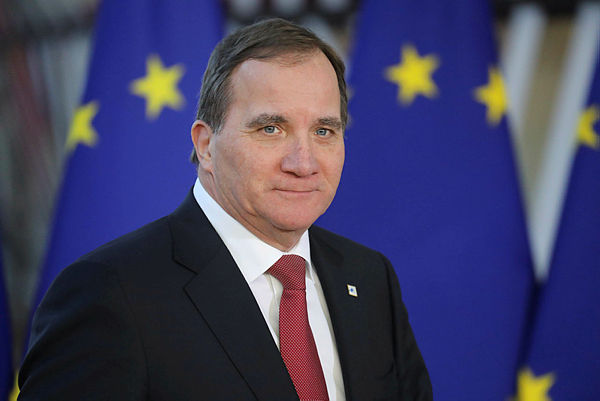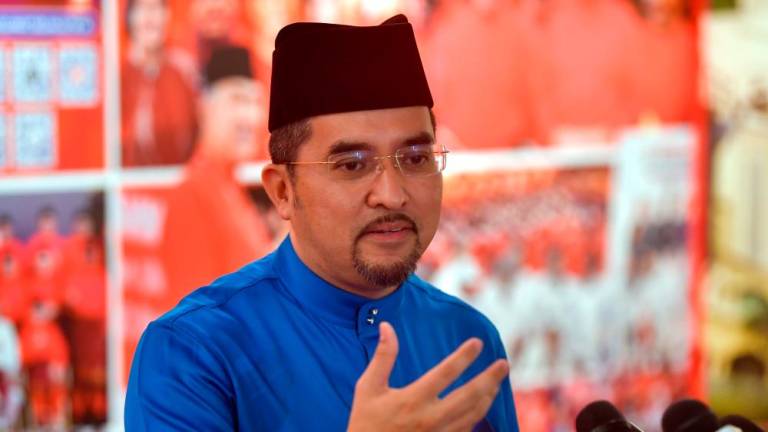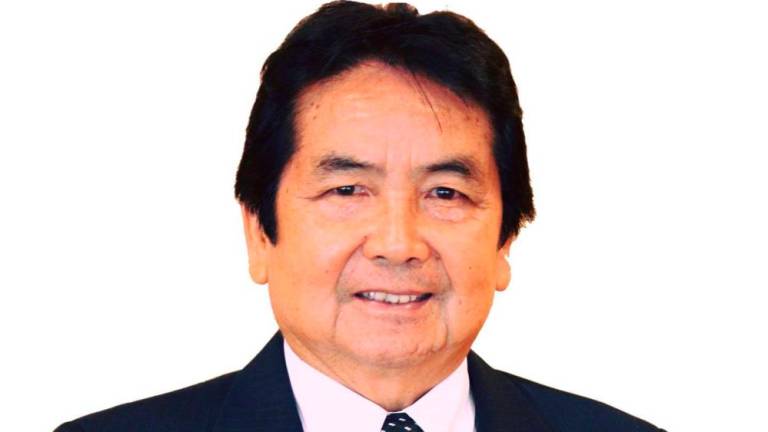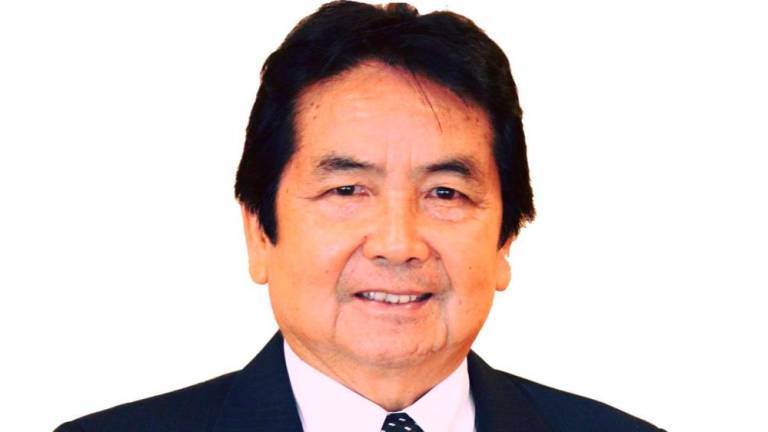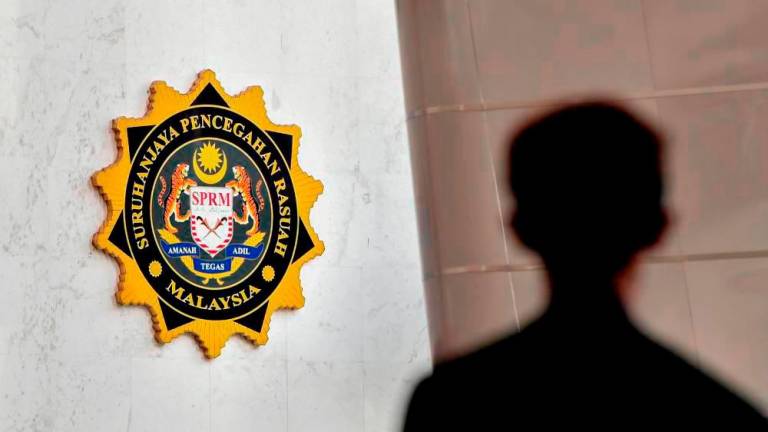STOCKHOLM: Sweden will end a four-month political vacuum Friday when lawmakers elect Prime Minister Stefan Lofven to a second term, after he elbowed out the far-right to save one of Europe’s few left-wing governments.
Lofven, 61, may have won a victory, but the former welder emerges weakened by months of wrangling after September’s election forced him to concede to centre-right parties to win their support.
Members of parliament are due to vote at 9.00am (0800 GMT) on the speaker’s nomination of Lofven as prime minister for a four-year term.
His minority centre-left government, comprising his Social Democrats and the Greens, will be one of the weakest in Sweden in 70 years, with just 32.7 % of voters having cast ballots for the two parties.
Lofven has secured the support of the Centre and Liberal parties – until now members of the four-party centre-right opposition Alliance – with whom he has signed a political policy document.
Together, the four parties hold 167 of 349 seats in parliament, eight fewer than the 175 that constitutes a majority in the Riksdag.
The ex-communist Left Party had backed Lofven’s previous minority government since 2014, providing key support to pass legislation in parliament.
But this time, the Left, which now holds 28 seats, was excluded as Lofven shifted his government toward the centre.
To block the far-right Sweden Democrats from wielding any influence in parliament, the Left announced it would still allow Lofven to be elected.
“If we were to vote no on Friday, we would likely end up with a blue-brown government,“ Left Party leader Jonas Sjostedt said, referring to a conservative government backed by the Sweden Democrats.
Under Sweden’s political system, a government can operate as long as a majority of lawmakers do not vote it down.
Dividing the right wing
In the legislative elections in September, the nationalist and anti-immigration Sweden Democrats came in third with 17.6% of votes, putting it in a position to act as kingmaker.
In the long weeks that followed, both Lofven and the head of the right-wing opposition Alliance, Ulf Kristersson, failed repeatedly to form a government. Neither were able to build a majority due to their refusal to negotiate with the Sweden Democrats.
Lawmakers rejected both of their nominations for prime minister.
“For a long time Swedish politics was dominated by a two-bloc conflict. After the rise of the Sweden Democrats, a three-block situation occurred. Now the situation has changed dramatically,“ political scientist Olof Petersson told AFP.
Lofven was the most shrewd in the post-election negotiations, analysts said.
“Lofven has reached his strategic goals: to remain in power and to split up the non-socialist Alliance opposition,“ Petersson said.
But the deal between the coalition and two centre-right parties contains “worrisome” elements for the left wing, in particular tax policies that “risk increasing inequalities in Swedish society,“ said Gothenburg University political science professor Ulf Bjereld, who is affiliated with the Social Democrats.
The Left Party warned that while it would let Lofven get elected, that did not mean the party was giving the new government carte blanche.
It said it was ready to topple the new administration if it went ahead with its proposed plan to ease Sweden’s strict labour laws and introduce market rates for rents.
Petersson said the threat was an empty one, because it would be “political suicide” to carry it out.
The Moderates and Christian Democrats together hold just 92 seats.
“At least 35 MPs are required to table a motion of non-confidence. The Left only controls 28 seats,“ the analyst said.
“It would be political suicide if the Left reached out to the conservative Moderates, the Christian Democrats or the Sweden Democrats to secure the 35 seats necessary.” — AFP



